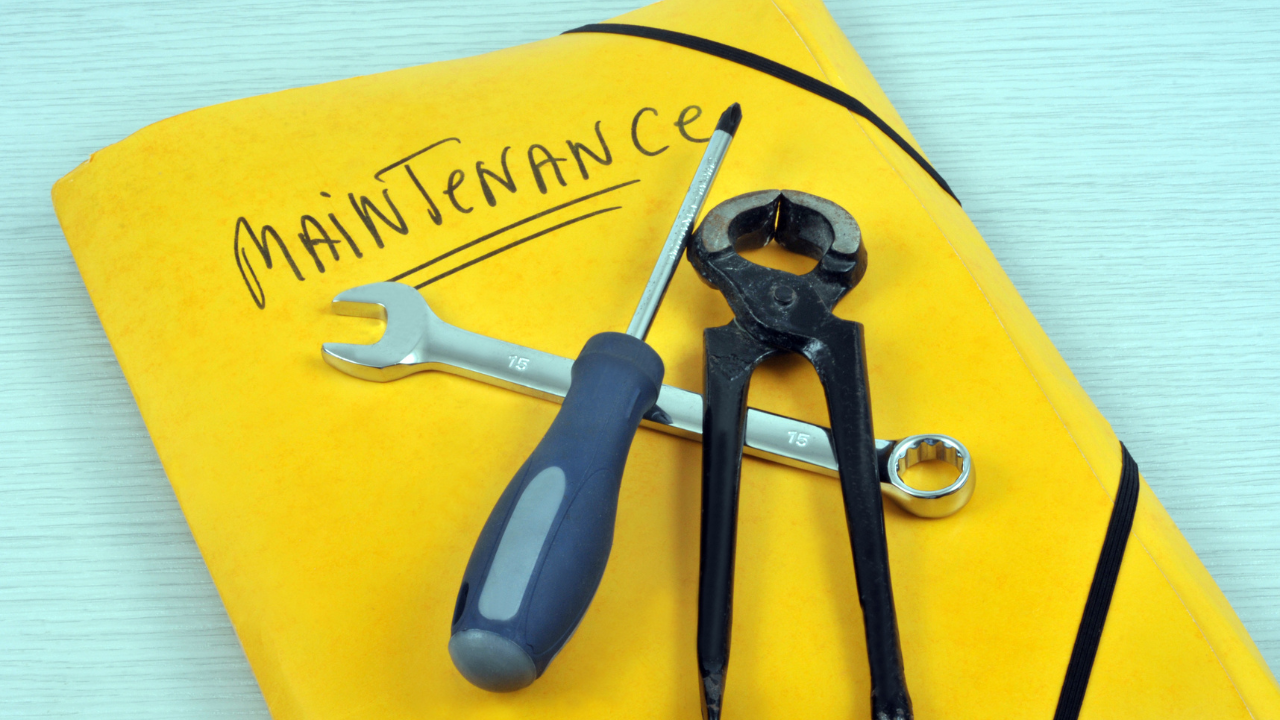Proactive Maintenance for Hydraulic Cylinders
Insider Secrets To Hydraulics
Damaged hydraulic cylinder rods and wiper seals are an eternal problem for users of hydraulic machinery. Dents and gouges on the surface of hydraulic cylinder rods reduce seal life and give dust and other contaminants an easy path into the hydraulic system. These silt-sized particles act like lapping compound, initiating a chain of wear in hydraulic components.
In response to this problem, a protective cylinder rod cover called Seal Saver has been developed and patented. Seal Saver is not a typical bellows boot you may already be familiar with. It is a continuous piece of durable material, which wraps around the cylinder and is closed with Velcro. It is then clamped onto the cylinder body and rod end. This makes installation simple with no disassembly of hydraulic cylinder components required.

Seal Saver forms a protective shroud over the cylinder rod as it strokes and prevents buildup of contaminants around the wiper seal – a common cause of rod scoring, seal damage and contaminant ingress. Research has shown that the cost to remove contaminants is ten times the cost of exclusion. This, combined with the benefits of extended hydraulic cylinder rod and seal life, makes Seal Saver a cost-effective, proactive maintenance solution.
Hydraulic Cylinders – Checking Rod Straightness
As a product group, hydraulic cylinders are almost as common as pumps and motors combined. They are less complicated than other types of hydraulic components and are therefore relatively easy to repair. As a result, many hydraulic equipment owners or their maintenance personnel repair cylinders in-house. An important step in the repair process that is often skipped by do-it-yourself repairers, is the checking of rod straightness.
How do bent rods affect hydraulic cylinders?
Bent rods load the rod seal(s) causing distortion, and ultimately premature failure, of the seal(s).
Allowable run-out
Rod straightness should always be checked when hydraulic cylinders are being re-sealed or repaired. This is done by placing the rod on rollers and measuring the run-out with a dial gauge. The rod should be as straight as possible, but a run-out of 0.5 millimeters per linear meter of rod is generally considered acceptable.
Straightening hydraulic cylinder rods
In most cases, bent rods can be straightened in a press. It is sometimes possible to straighten hydraulic cylinder rods without damaging the hard-chrome plating, however if the chrome is damaged, the rod must be either re-chromed or replaced.
Related Articles





